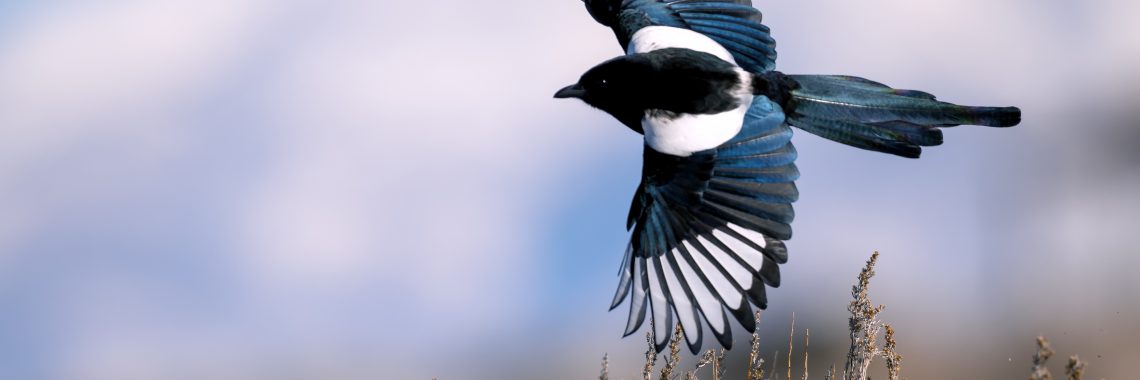Dear Sam,
I’ve been hearing a lot of talk about a bird flu. What is it, and is there anything I can do to help prevent the spread of this outbreak and others like it?
Sincerely, Cody
Dear Cody,
This spring was filled with stories of dead or sick bird sightings, which is never good news. Soon after those first reports, the Wyoming Game & Fish Department received results of a black-billed magpie that tested positive for HPAI H5N1 (avian flu), followed by multiple species of birds in subsequent weeks. A milder avian flu (LPAI) is present year-round in North American wild birds, but when LPAI spreads to domestic poultry, it can mutate into the much more aggressive HPAI strain, which can then be transmitted back to wild populations.
Waterfowl are the most common hosts for avian flu. They often show no symptoms and can quickly spread the virus as they congregate along thousands of miles of waterways. Raptors usually become infected by eating contaminated birds; domestic poultry contract the virus primarily through feces left by waterfowl passing over or sharing grazing spaces. Domestic birds can also become indirectly exposed through contaminants tracked into enclosures.
According to the CDC, anyone who sees birds exhibiting strange symptoms—such as infected eyes or odd movements and behavior—should call their state health or wildlife agency for guidance, a move that can also help track the progression of the outbreak. Regularly cleaning bird feeders with a solution of 9 parts water to 1 part bleach helps keep wild birds safe year-round. It also never hurts to take feeders down when you hear about outbreaks in your area or notice anything unusual about your feeder birds. These birds do not rely on feeders for food; feeders are a supplement to their natural diets. Removing feeders until the risk of spreading the disease has passed will not harm the feeder birds.
If you have domestic poultry, you can help prevent the spread of avian flu by sanitizing shoes and gear with a 10% bleach solution before and after entering coops. Just like with humans and their diseases, cleanliness is the easiest form of prevention.
To learn more about avian influenza, visit bit.ly/avian-influenza-wgfd.
—Sam
[Article reprinted from the Fall 2022 issue of Barnyards and Backyards magazine.]






